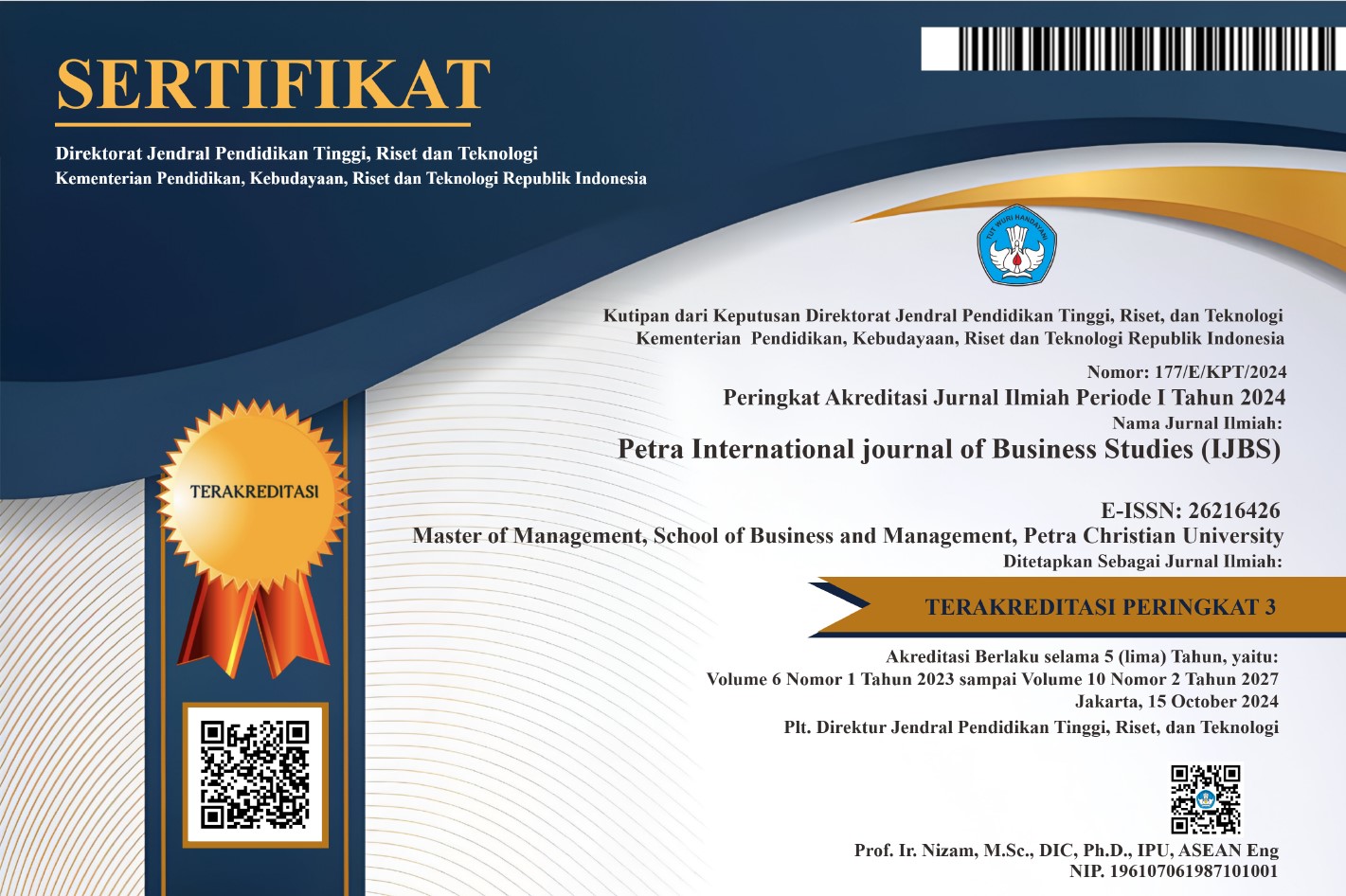The Measurement Model of Tourism Destination Images Using Fuzzy Inference System
DOI:
https://doi.org/10.9744/ijbs.1.2.106-112Keywords:
Tourism services quality; Mamdani’s fuzzy inference system; travellers perception.Abstract
The article discusses the measurement model of tourism destination images perceived by travellers based on five dimensions of the service quality, i.e. tangibles, reliability, responsiveness, empathy, and assurance. Measurement problems occur when a traveller assesses the quality of a tourism destination service subjectively with vague boundaries and perceives the image of a tourism destination to vary. To address these issues, we designed an inference model using Mamdani's fuzzy inference system. The results of this study are quantitative assessments of the image of tourism destinations by various travellers based on qualitative perceptions of the quality of service experienced by the traveller.
Downloads
References
Bhat, M. A. (2012). Tourism Service Quality: A Dimension-specific Assessment of SERVQUAL. Global Business Review, 13 (2), 327–337.
Akroush, M. N., Jraisat, L. E., Kurdieh, D. J., Al-Faouri, R. N. & Qatu, L. T. (2016). Tourism service quality and destination loyalty –the mediating role of destination image from international tourists’ perspectives. Tourism Review, 71 (1), 18-44.
De Ona, J., de Ona, R., Eboli, L., & Mazzulla, G. (2016). Index numbers for monitoring transit service quality. Transportation Research Part A: Policy and Practice, 84, 18-30.
Farias, S., Aguiar, F., Kovacs, M., & Sales, F. (2013). Destination image on the web: evaluation of Pernambuco's official tourism destination websites. Business Management Dynamics, 2 (10), 35-48.
Said, A., Shuib, A., Ayob, N., & Yaakub, F. (2013). An evaluation of service quality from visitors’ perspectives: the case of Niah National Park in Sarawak. International Journal of Business and Society, 14 (1), 61-78.
Sreekumar, Mahapatra, S., & Mahapatra, S. S. (2015). Service Quality of Indian Banks: A Fuzzy Inference System Approach, Asian Academy of Management Journal, 20 (2), 59–80.
Zadeh, L. (1996). Fuzzy logic computing with words. IEEE Transactions on Fuzzy Systems, 4, 103–111.
Sabri, N., Aljunid, S. A., Salim, M. S., Badlishah, R. B., Kamaruddin, R., & Malek, M. F. A. (2013). Fuzzy Inference System: Short Review and Design. International Review of Automatic Control, 6 (4), 441-449.
Mamdani E. H. & Assilian, S. (1975). An Experiment in Linguistic Synthesis with a Fuzzy Logic Controller. International Journal of Man-Machine Studies, 7, 1-13.
Hankinson, G. (2005). Destination brand images: a business tourism perspective. Journal of Services Marketing, 19 (1), 24-32.
Kim, S., Holland, S., & Han, H. (2013). A structural model for examining how destination image, perceived value, and service quality affect destination loyalty: a case study of Orlando. International Journal of Tourism Research, 15 (1), 313-328.
Parasuraman, A., Zeithaml, V. A., & Berry, L. L. (1988). SERVQUAL: a multiple-item scale for measuring consumer perceptions of service quality. Journal of Retailing, 64 (1), 12-40.
Additional Files
Published
Issue
Section
License
Petra IJBS (e-ISSN: 2621-6426) is published by Master of Management program, School of Business and Management, Petra Christian University, Indonesia (MM SBM PCU).












